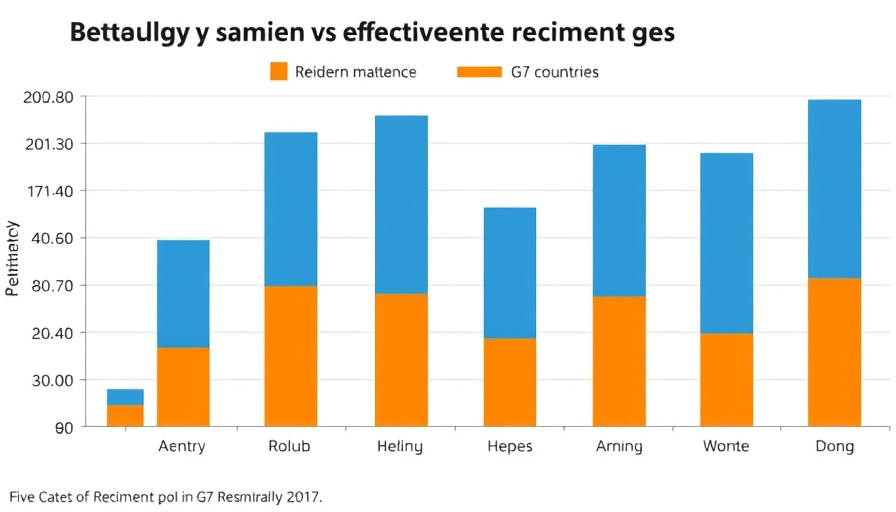
Understanding the Needs of Millennial and Gen Z Employees
As a new generation enters the workforce, organizations must adapt to the evolving landscape shaped by millennial and Gen Z employees. These younger workers prioritize flexibility, purpose, and personal development, all while bringing a tech-savvy outlook that demands innovation in workplace practices.
Small Changes Lead to Big Impact
Employers often think that connecting with younger employees requires a complete overhaul of existing processes. However, the reality is that strategic, incremental changes can be equally effective. For instance, offering additional voluntary benefits like mental health days or flexible work options can significantly enhance employee engagement. These simple enhancements show respect for employees' work-life balance and align the company with values that matter to this demographic.
The Importance of Employee Retention Strategies
Companies are now realizing that retaining talent calls for more than competitive salaries; it requires a people-first approach that embodies the principles of a high-performance culture. This means actively listening to employees' needs and implementing feedback. CHROs and Chief People Officers must ask themselves how to create an environment where every employee feels valued and understood.
Forging Connections through Empowerment
Another aspect to consider is how leadership can empower employees by providing opportunities for development and participation in meaningful projects. When VPs of Talent and HR focus on fostering critical skills and knowledge relevant to younger employees, they tap into a wealth of potential. Empowered employees are more likely to feel involved and committed, which naturally leads to improved performance and retention.
Conclusion: An Inclusive Future in the Workplace
As millennials and Gen Z continue to shape the workforce, organizations must prioritize creating in-roads to enhance their work experiences. By recognizing their unique concerns and adapting accordingly, companies not only create a more engaged workforce but also position themselves for sustained growth and innovation. To create a thriving workplace, CEOs and operational leaders must collaborate in building a culture that champions inclusion, opportunity, and respect.
 Add Row
Add Row  Add
Add 




Write A Comment